Few medieval works capture the cultural, legal, and emotional complexities of their time quite like Njáls saga (also known as Brennu-Njáls saga or “The Saga of Burnt Njáll”). Regarded as the crowning jewel of the Icelandic sagas, this epic narrative—set in the 10th and early 11th centuries during Iceland’s Commonwealth period—is more than just a story of feuds and fire. It is a compelling exploration of human frailty, social order, and the pursuit of justice in a world where honor and law are constantly in conflict.

The Setting: Iceland’s Commonwealth Era
The story is set during Iceland’s Commonwealth period (930–1262), a time without kings or central authority, when disputes were settled through assemblies (þings) and legal procedures. However, the saga vividly illustrates how, despite a sophisticated legal system, personal honor and vengeance often undermined attempts at justice.
Part One: The Rise and Fall of Gunnar
The saga opens with the heroic figure of Gunnar Hámundarson, a noble and brave warrior from Hlíðarendi. Gunnar is known for his strength, fairness, and martial prowess. He befriends Njáll Þorgeirsson, a wise and law-savvy man from Bergþórshvoll. Njáll is admired for his intelligence, foresight, and pacifism, though he lacks the physical strength of a traditional hero.
Their friendship is central to the early part of the saga, but trouble brews through their families. Gunnar marries Hallgerður Langbrók, a beautiful woman with a proud and vengeful temperament. Njáll’s wife, Bergþóra, is similarly strong-willed, and conflicts between the two women trigger a deadly series of retaliatory killings among their household retainers.
Despite Njáll’s efforts to mediate, the violence escalates. Gunnar tries to avoid conflict and even obeys a sentence of exile for killing, but when he sees his home from afar and says, "Fögur er hlíðin, so fair is the hillside," he decides to stay. His choice seals his fate. A group of enemies attacks, and though Gunnar fights bravely, slaying fourteen men, he is ultimately killed, undoubtedly earning his place in Valhalla.
Part Two: Njáll and the Law
After Gunnar’s death, the focus shifts to Njáll and his sons, particularly Skarphéðinn Njálsson, a fierce and sharp-tongued fighter. Njáll’s legal acumen becomes crucial in the increasingly complex disputes that arise. He tries to prevent bloodshed by arranging compensations and settlements, but violence keeps erupting.
As the saga progresses, Njáll is increasingly portrayed as a tragic figure—a man of peace trapped in a world governed by honor-bound vengeance. He foresees the doom that awaits him and his family but is powerless to prevent it.

Part Three: The Burning
The central and most harrowing event of the saga is the burning of Njáll and his family at Bergþórshvoll. A group of enemies, led by Flosi Þórðarson, surrounds the house and sets it ablaze. Njáll, his wife Bergþóra, and several family members choose to remain inside rather than surrender or fight. Njáll, in particular, embraces death with quiet dignity, lying down with a Bible in his arms—symbolic of the Christian faith that had recently been adopted in Iceland.
Only a few, including Njáll’s grandson Þorgeir, escape the fire. This moment marks a turning point in the saga, not just in terms of plot, but also morally and spiritually. The burning is seen as an ultimate breakdown of the legal and social order.

Part Four: Revenge, Reconciliation, and Closure
Following the burning, Njáll’s surviving relatives seek legal redress. A massive trial is held at the Althing (Iceland’s national assembly), one of the most detailed and dramatic legal proceedings in medieval literature. Though tensions run high, a settlement is finally reached, largely through the efforts of wise leaders.
However, violence flares up again, and Flosi and others flee to Rome to seek absolution. Remarkably, the saga ends not with total annihilation, but with reconciliation, as many of the perpetrators find peace through penance. The conclusion emphasizes the transition from a culture of vengeance to one of spiritual redemption.
Legacy
Njáls saga is much more than a story of feuds. It’s a profound meditation on justice, law, personal responsibility, and the limitations of human foresight. It shows how even the most well-intentioned men can be trapped by societal expectations and personal pride. Njáll’s wisdom is ultimately not enough to prevent tragedy, but his moral clarity gives the saga its emotional depth.
The saga also reflects the tension between pagan and Christian values in medieval Iceland, and was highly influenced by the anonymous author XIV century Christian values.
Its literary qualities—psychological complexity, vivid characterizations, and narrative structure—have made Njáls saga a subject of enduring academic and popular interest. It remains a cornerstone of Old Norse literature and a testament to the cultural richness of medieval Iceland.

Njáls saga is not just a story from a distant past. It is a profound meditation on the human condition, the limits of law, and the tragic costs of revenge. Its characters, though shaped by their time, speak across the centuries to anyone who has struggled with justice, loyalty, and the hope for peace in a fractured world. In Njáll’s doomed idealism and Gunnar’s fatal pride, we find timeless truths that continue to challenge and inspire.
Bibliography
Cook, Robert (Trans.). Njal's Saga. Penguin Classics, 2001. ISBN: 9780140447699
Miller, William Ian. Bloodtaking and Peacemaking: Feud, Law, and Society in Saga Iceland. University of Chicago Press, 1990. ISBN: 9780226526807
Andersson, Theodore M. The Icelandic Family Saga: An Analytical Reading. Harvard University Press, 1967. ISBN: 9780674443354
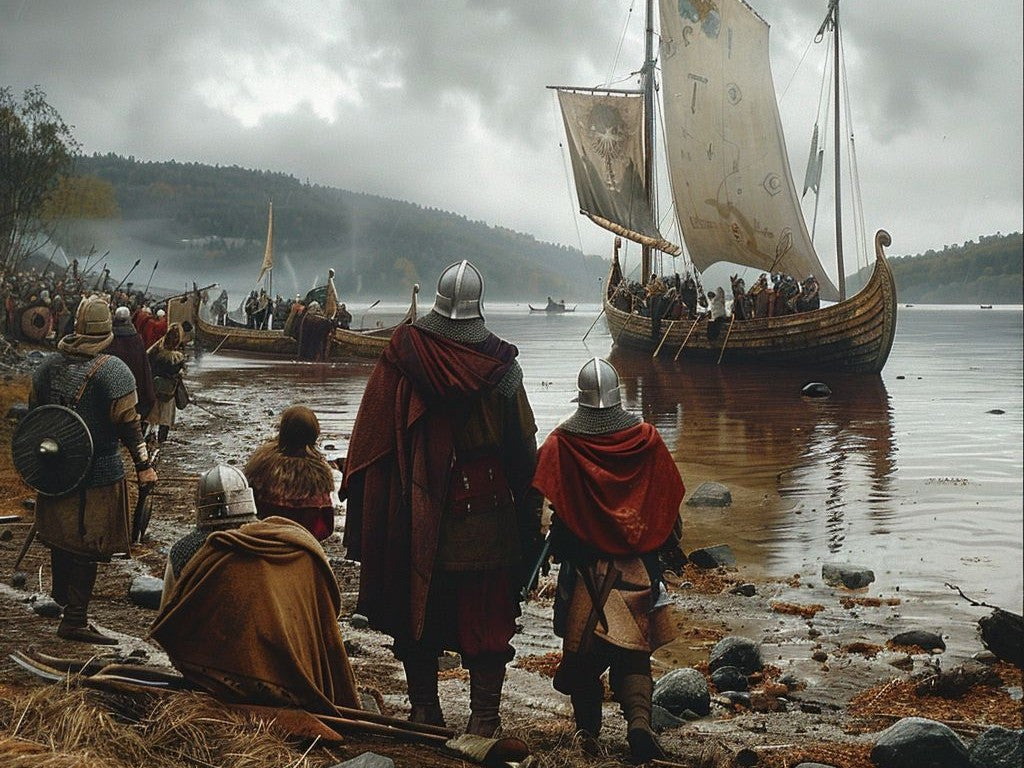



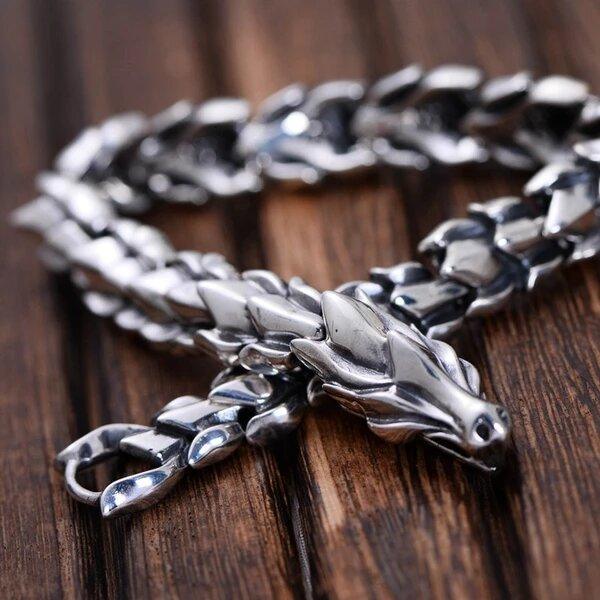
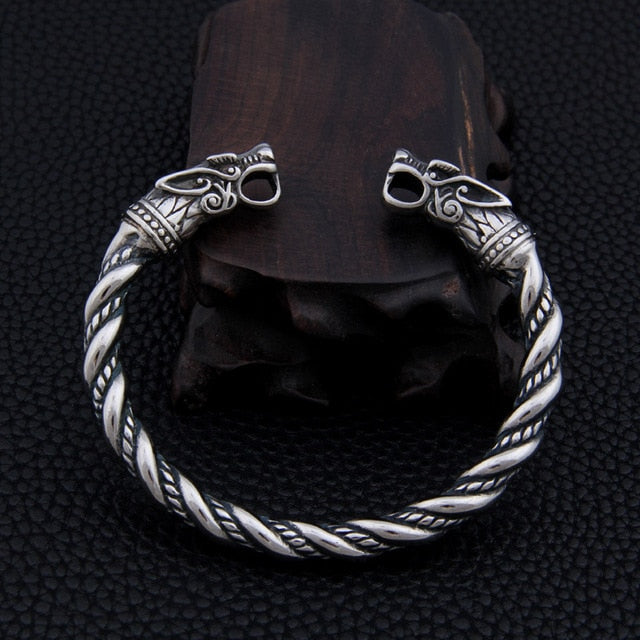

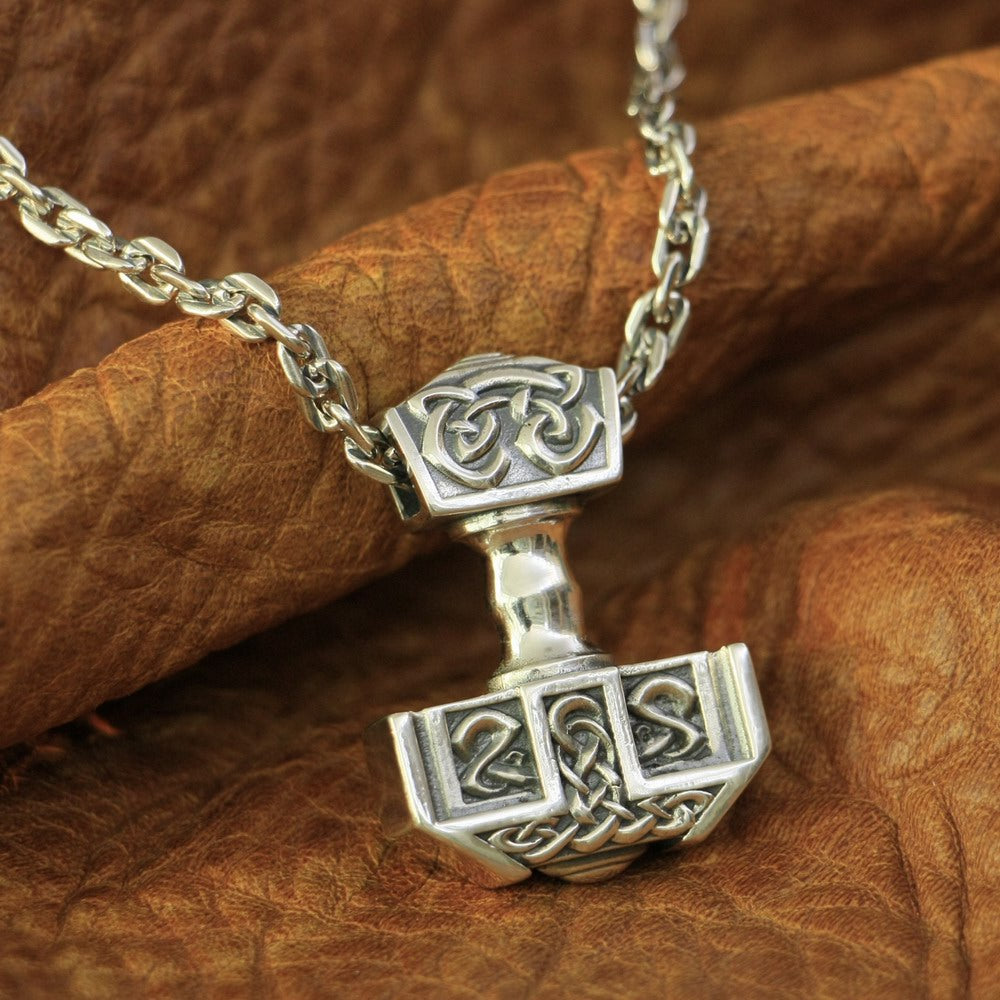
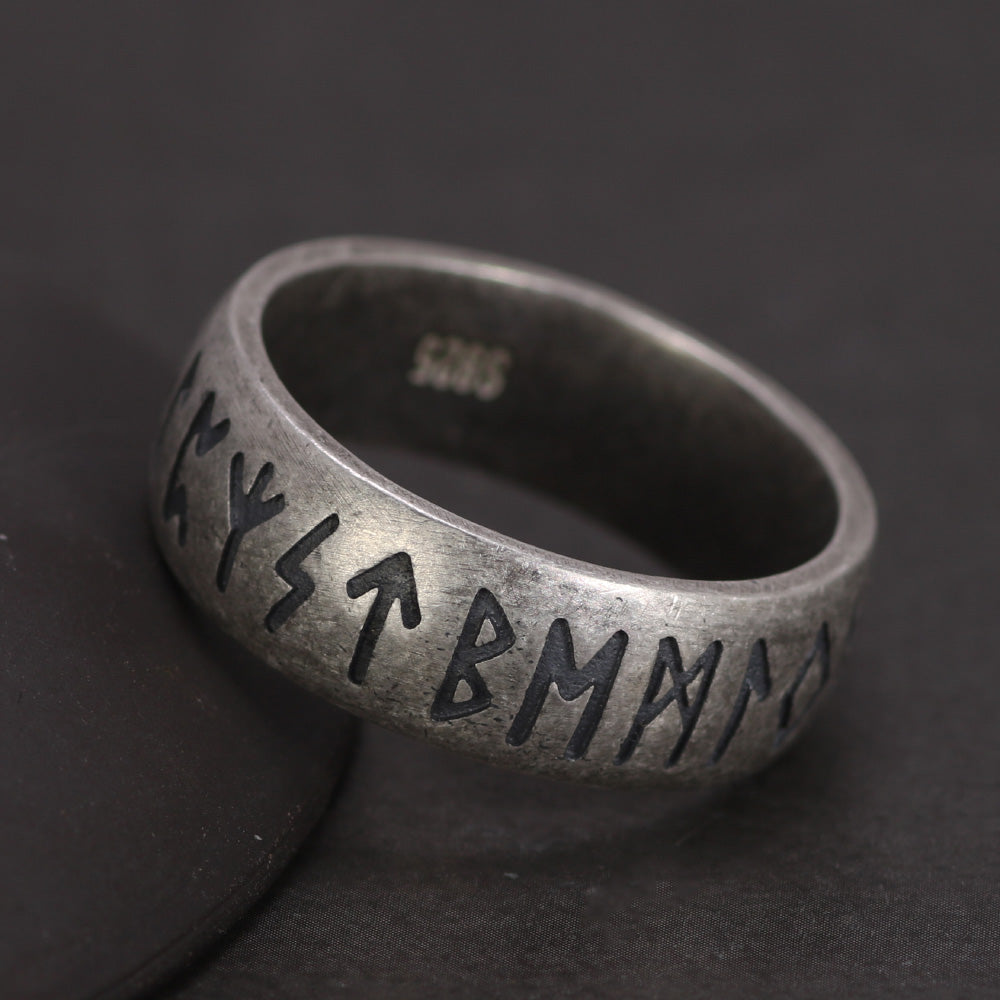


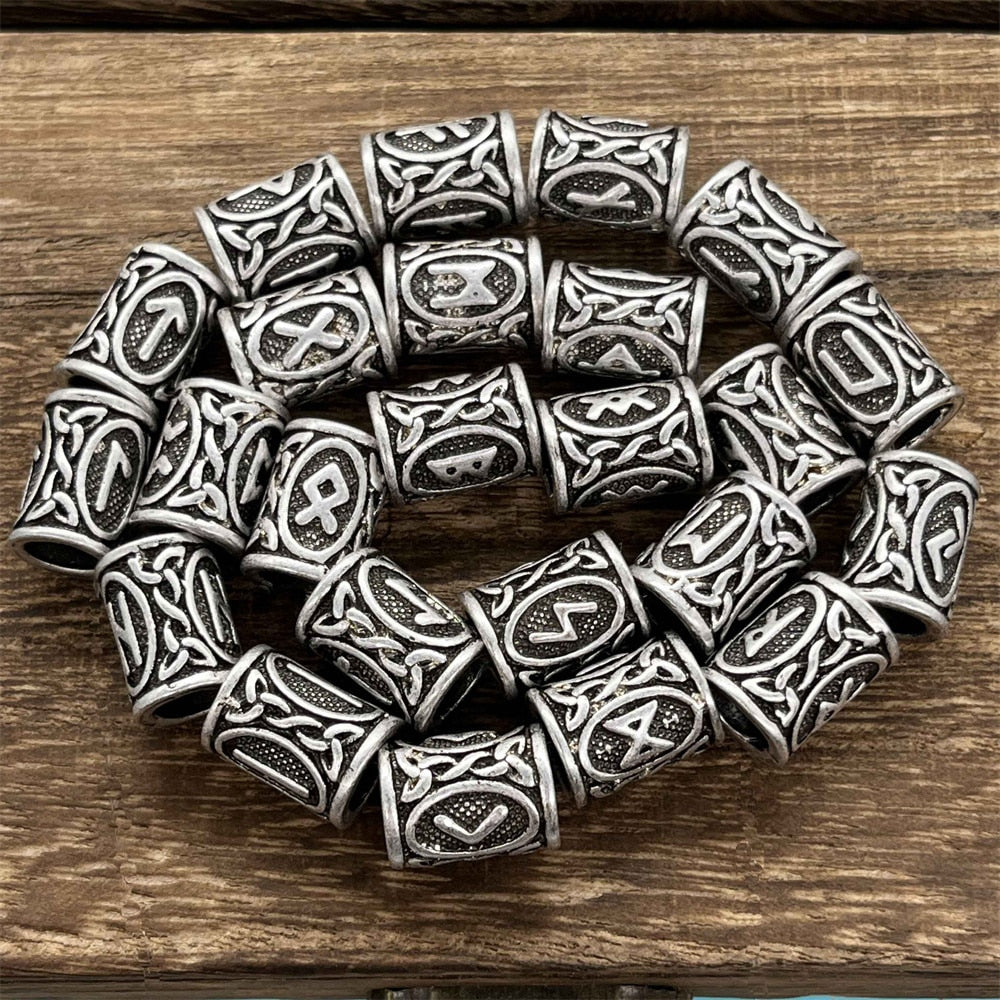

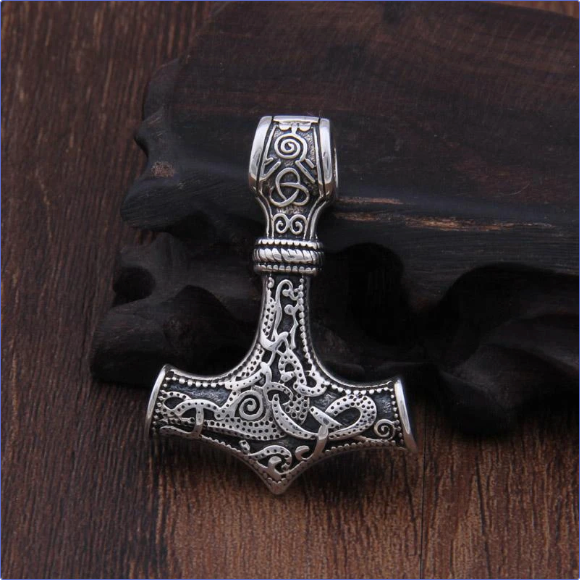


Comment (1)
Συναρπαστικό, όπως και κάθε Saga των γενναίων Βίκιγκς!